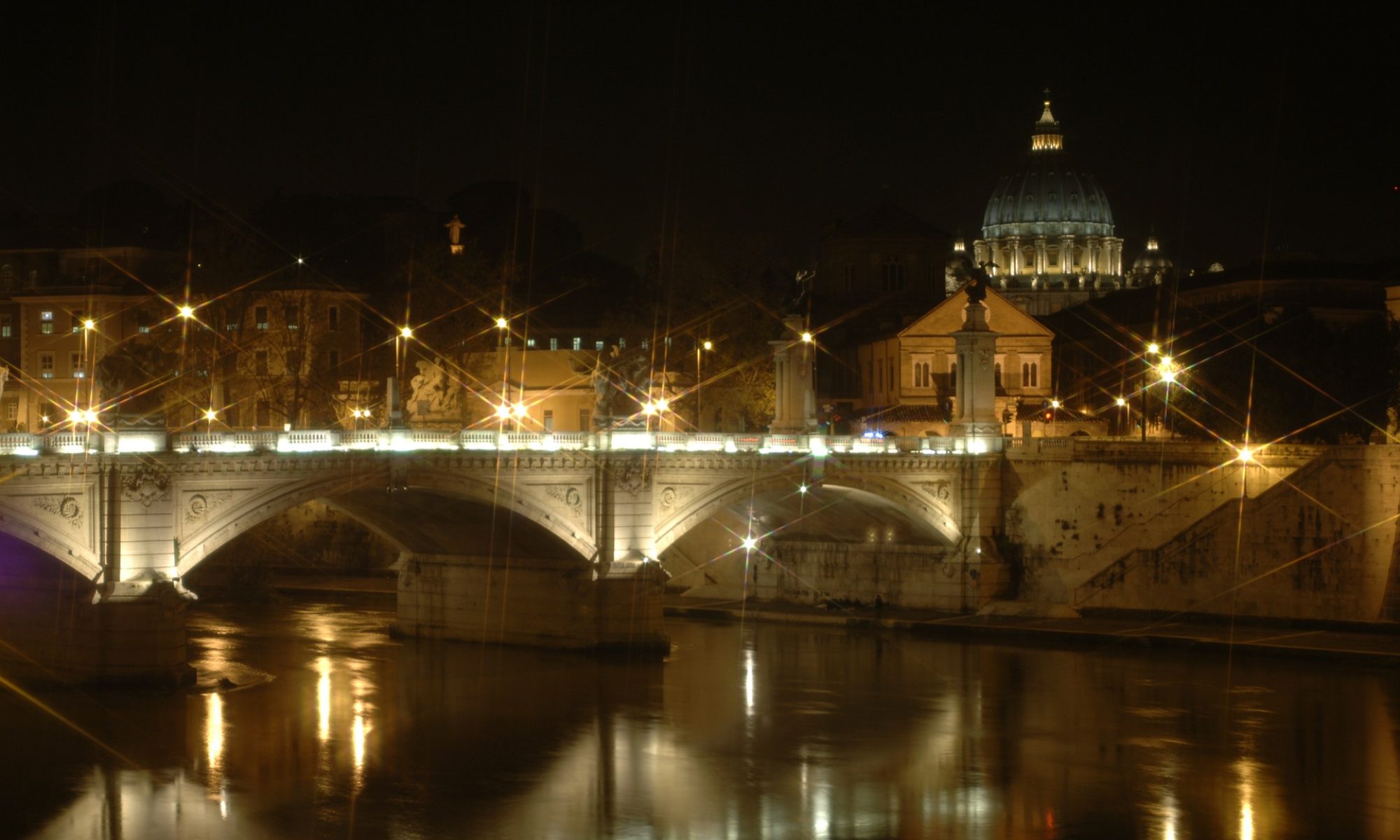Africa has a central place on the Roman Catholic global map. Contrary to negative trends in the West, Africa is a continent where the RC Church is growing in terms of adherents and vocations to priesthood and religious life. In all its contradictions and in the midst of deep social problems, the “African religious soul” seems to be a fertile soil for the Church. It is not by chance that the RC Church has been increasingly reflecting on Africa over the last twenty years and is apparently investing much energy in trying to foster the RC presence there.
In 1994 John Paul II convened a Synod of bishops on Africa which was followed by the 1995 Exhortation Ecclesia in Africa (i.e. The Church in Africa). The then Pope brought together insights and proposals that would encourage the church’s engagement in the continent. His many trips to Africa testified the same concern. During Benedict XVI’s reign, another Synod of bishops was assembled in 2009. Then, as part of his recent visit to Benin (19th November 2011), Pope Ratzinger signed the Post-Synodal Exhortation Africae Munus (i.e. Africa’s Commitment) which collects and comments upon different issues that were discussed in the Synod.
Africa’s two-fold face
The text is full of praises for the “exceptional ecclesial vitality” of the African church. The soul of Africa is “a spiritual lung for a humanity that appears to be in crisis of faith and hope” (n. 13). Unlike other parts of the world, religion matters in Africa and spirituality is daily bread for most of its peoples. The RC Church is being called to build on this religious sentiment as “Mother and Teacher” drawing upon several sources: “sacred Scripture, Tradition and the sacramental life” which are all combined in the Catechism of the Catholic Church (n. 95). In particular, the RC Church is being encouraged to keep on investing in education, protection of life (e.g. health care) and inculturation of the Gospel.
Yet the document does not hide the fact that Africa is also a place where an “anthropological crisis” is taking place with devastating consequences. The age-old foundations of social life are shaken by the allures of modernity. The outcomes of such a culture shock are producing trauma and conflicts everywhere. Benedict XVI therefore is calling the Church to be an agent of reconciliation, justice, and peace.
According to Pope Ratzinger, Africa presents a two-fold face: on the one hand it’s flourishing as far as the pervasive role of religion is concerned, on the other it’s worrying as far as the severe contradictions of its present-day situation are concerned.
A defective religious landscape
What is also interesting in the document is the mapping of the African religious landscape. Benedict XVI describes opportunities and challenges of interreligious dialogue, especially with traditional African religions and with Islam. In this respect, the Pope recalls the teaching of the Second Vatican Council that urged the RC Church “to enter with prudence and charity into discussion and collaboration with members of other religions” (n. 92).
When it comes to surveying the ecumenical dialogue with non-Catholic Christians in Africa, Pope Ratzinger mentions the on-going relationships with the Orthodox, Coptic Orthodox, Lutheran, Anglican and Methodist communities (n. 89). These groups seem to be the “good” ecumenical partners of the RC Church.
Then, reference is made to “non-Catholic communities, sometimes known as African Independent Churches” that are “an offshoot of traditional Christian churches and ecclesial communities” (n. 90). We are told that they adopt various elements of traditional African cultures and that they are new in the ecumenical field. Are Evangelical churches in this group? We are not told. If yes, why not qualify them as Evangelicals, which is a widely accepted term? Why refer to them only as “independent” and not in a more theological and historical way? If not, then according to the Pope Evangelicals belong to the last group, i.e. different “syncretistic movements” generally rallied around a leader claiming exceptional gifts that exploits people’s credulity. They are based on “a variety of heterodox, non-Christian beliefs”.
In the Pope’s spectrum on Africa, Evangelicals are missing. In his perception there are the ecumenically minded Christians, the African independent churches, and various local cults. This is curious to say the least. For example, the Association of African Evangelicals (AAE) is part of the World Evangelical Alliance and represents more than 100 million African Evangelicals comprising 36 National Evangelical Fellowships that are made up of numerous local churches. They do not seem to be on the Vatican radar.
The Pope keeps on beating Evangelicals on their heads. In his 2007 visit to Brazil, he did not distinguish between Evangelicals and dangerous “cults” and called them a “sect”. In his September 2011 visit to Germany, he called them a new form of Christianity with little rationality and little dogmatic content. Now, in Africa he ignores them all together. Perhaps Benedict XVI has a problem with Evangelical Christianity.
Leonardo De Chirico
leonardo.dechirico@ifeditalia.org
Rome, 30th November 2011

